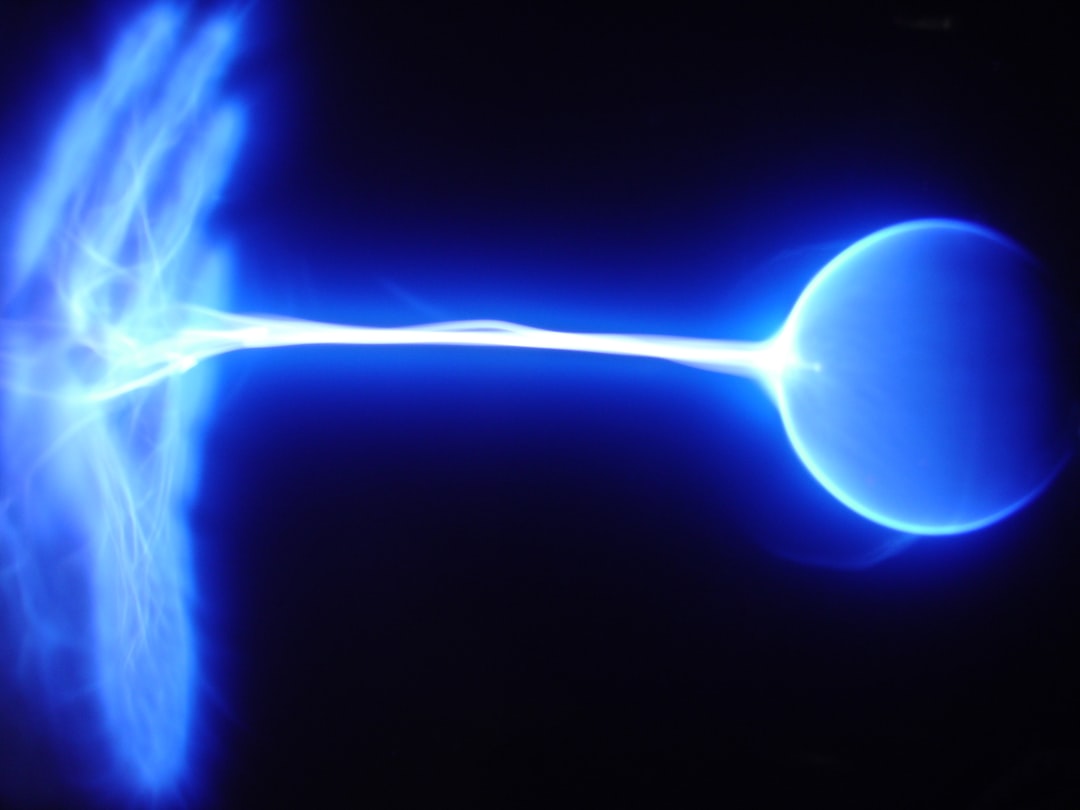What is it about?
The seminal work by Dolan and Osheroff [Phys. Rev. Lett. 43, 721 (1979)], which reported anomalous low-temperature conduction of high-resistivity thin-film metal strips is reanalyzed. It is argued that the observed logarithmic increase of resistance with decreasing temperature in their ultrathin Au–Pd strips does not conform to the prediction of the cornerstone scaling theory of localization. Instead, the results of Dolan and Osheroff must be ascribed to the granularity effect on electron conduction in discontinuous metal films.
Featured Image

Photo by Chris Ried on Unsplash
Why is it important?
For over four decades, it has been taken for granted that the Dolan-Osheroff’s results provide the first successful experimental test of the milestone scaling theory of localization in two dimensions and in the weakly disordered regime. We argue that this is not true. Instead, we show that what Dolan and Osheroff observed can be ascribed to the Coulomb effect in the presence of granularity, which lies beyond the homogeneous disordered regime treated by the scaling theory of localization.
Perspectives
Our reanalysis witnesses the continuous progresses of electron conduction in disordered systems in the past half-century. In addition to the very successful weak-localization and electron-electron interaction effects developed for homogeneous disordered systems, the granularity effect in inhomogeneous disordered systems has recently been theoretically formulated. Without the new theory, the seminal work by Dolan and Osheroff cannot be clarified and understood.
Juhn-Jong Lin
National Yang Ming Chiao Tung University
Read the Original
This page is a summary of: Granular Effect on Electron Conduction in Discontinuous Metal Films, physica status solidi (b), October 2022, Wiley,
DOI: 10.1002/pssb.202200346.
You can read the full text:
Contributors
The following have contributed to this page










